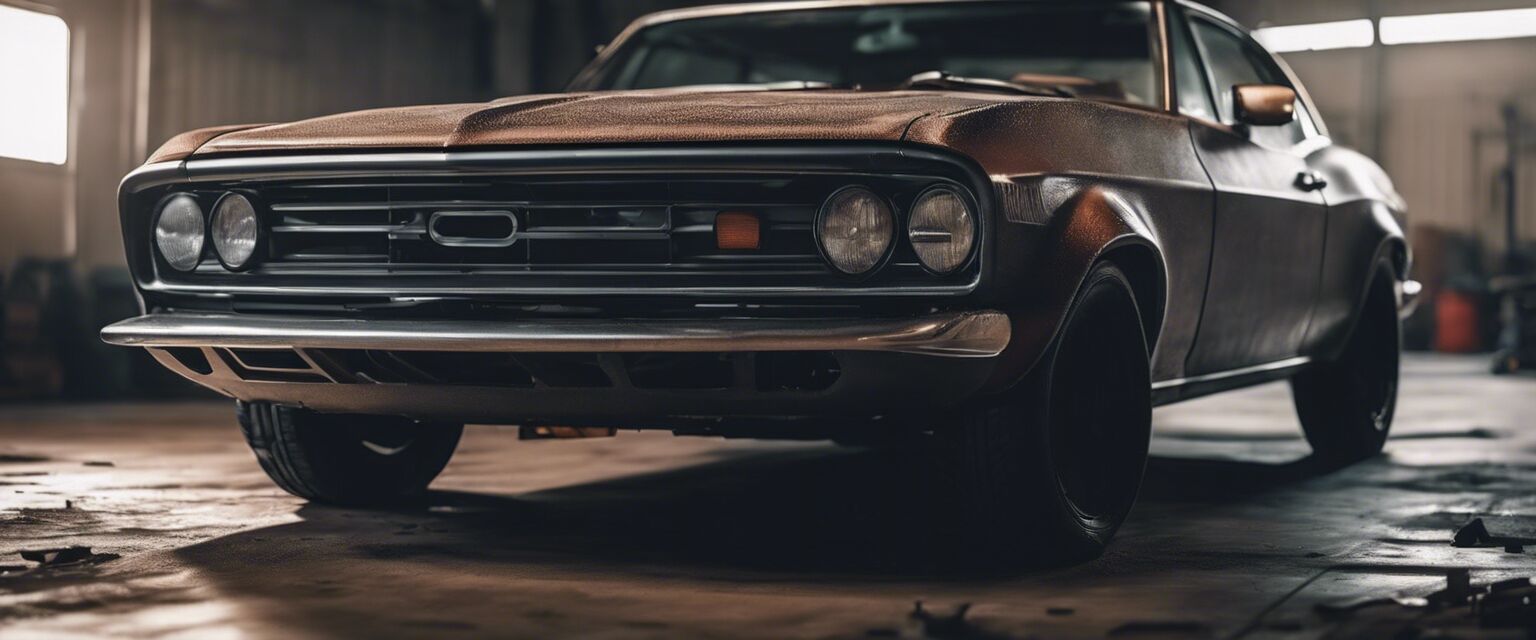
Vehicle Hoods
Key Takeaways
- Vehicle hoods come in various styles and materials.
- Proper maintenance can prolong the life of your hood.
- Understanding your vehicle's hood can improve safety and performance.
- Replacement hoods are available for most vehicle models.
Vehicle hoods are essential components that not only contribute to the aesthetics of a car but also play a significant role in its performance and safety. In this guide, we’ll explore the different types of vehicle hoods, their materials, maintenance tips, and more.
Types of vehicle hoods
Vehicle hoods vary widely based on the make and model of the car, as well as their intended functionality. Here are some common types:
| Type | Description |
|---|---|
| Standard Hood | Typically found on most vehicles, offering basic coverage. |
| Hood Scoop | Designed to improve airflow to the engine, often seen on performance cars. |
| Vented Hood | Features vents to release heat and improve engine cooling. |
| Lightweight Hood | Made from lightweight materials for improved performance. |
Materials used in vehicle hoods
The material of a vehicle hood can greatly affect its durability and performance. Common materials include:
- Steel: Durable and cost-effective, steel hoods are common in many vehicles.
- Aluminum: Lightweight and resistant to rust, aluminum hoods are popular in performance vehicles.
- Carbon Fiber: Known for being exceptionally lightweight and strong, carbon fiber hoods are often used in racing.
- Plastic: Used in some modern vehicles for its lightweight and flexibility.

Maintaining your vehicle hood
Regular maintenance of your vehicle hood can prevent damage and ensure it functions effectively. Here are some tips:
Maintenance Tips
- Wash your hood regularly to remove dirt and debris.
- Inspect for any dents or scratches that may need repair.
- Check for rust, especially if you have a steel hood.
- Ensure that the hood latch is functioning properly to prevent it from opening while driving.
Signs of hood damage
Being aware of the signs of hood damage can help you address issues before they escalate. Look out for:
- Dents or warping in the hood surface.
- Paint peeling or discoloration.
- Unusual noises while driving that may indicate a loose hood.
- Inability to securely latch the hood.
Replacing your vehicle hood
If your hood is beyond repair, replacing it may be necessary. Here are steps to consider:
- Purchase a replacement hood that fits your vehicle's make and model.
- Gather the necessary tools, such as wrenches and a screwdriver.
- Carefully remove the damaged hood by unfastening the bolts and disconnecting any attached components.
- Install the new hood and ensure it is properly aligned and secured.

Conclusion
Understanding your vehicle hood is crucial for maintaining the overall health of your car. From knowing the types and materials to recognizing signs of damage, being informed helps you make better decisions regarding maintenance and replacement. For more information on related automobile body parts, check out our other articles on bumpers and fenders, doors and panels, and grilles and trim.
Pros
- Improves vehicle aesthetics.
- Enhances engine performance with proper airflow.
- Provides essential protection to engine components.
Cons
- Can be costly to replace.
- May require professional installation.
- Subject to damage from accidents or wear and tear.









